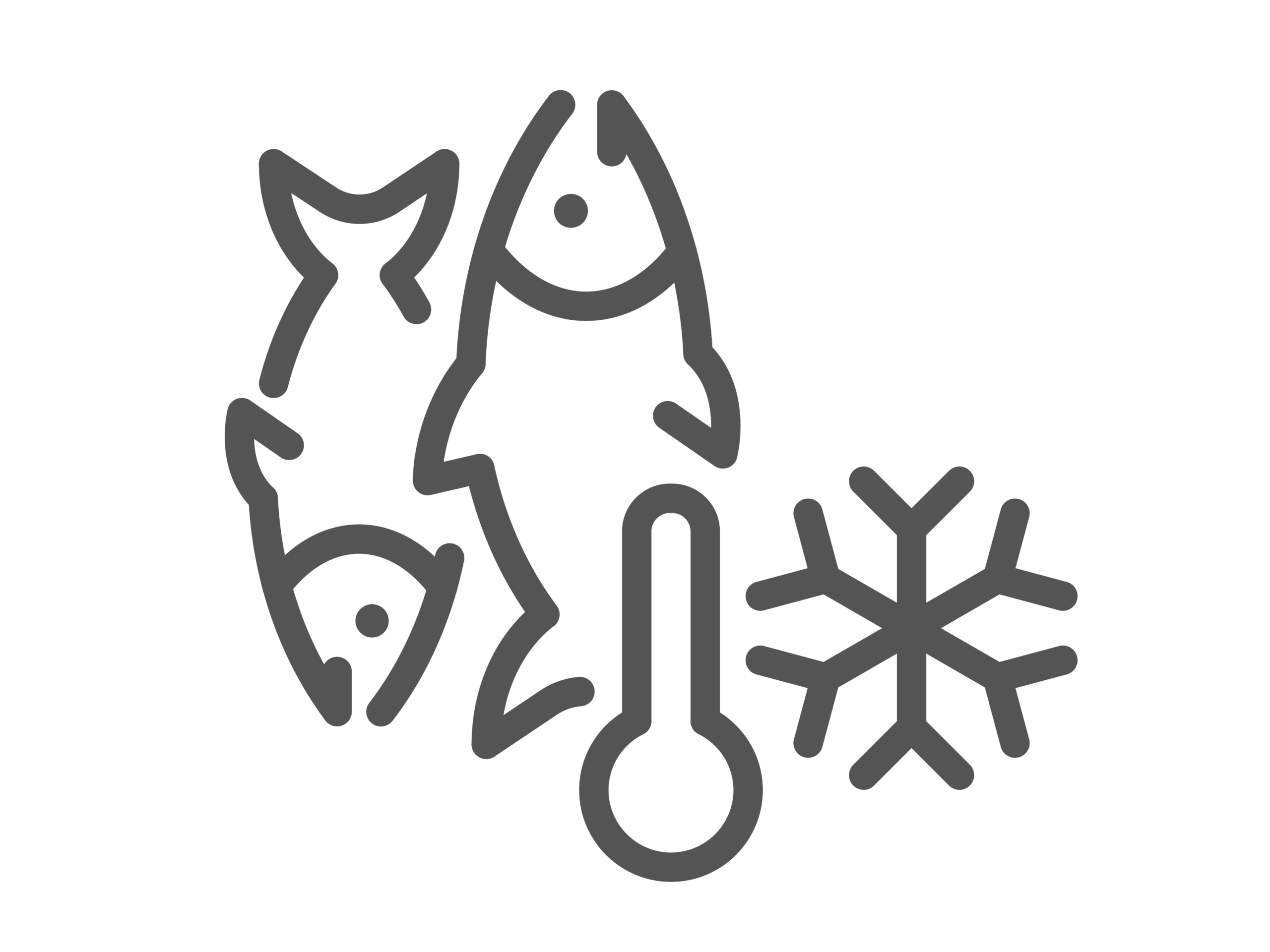Bait and baiting process
Bait is used to attract fish by releasing scent into the water, drawing the fish toward the hook. The stronger the scent, the more effective the bait, which is why fatty bait is often preferred over lean bait.

AutoBaiting
Hooks and line are automatically pulled from storage magazines and fed into a baiting machine before being deployed over the stern.

Baitfish
In the North Atlantic fisheries, high-quality squid, saury, mackerel, and herring are the most commonly used bait for autolining.

Storage, thawing out and preparation of bait
Proper storage, thawing, and preparation are vital for efficient baiting. This guide outlines best practices to maintain bait quality and ensure optimal performance.
Double hooking of bait
Most fish have bony mouths with little flesh for a hook to catch on, and many test the bait before swallowing it. For example, Atlantic cod have been observed repeatedly tasting and spitting out bait before finally deciding to eat it. If the bait isn’t properly secured, small fish can easily pick it off, leaving nothing on the hook.
To keep bait firmly in place on the hook, many fishers use a technique called “double hooking.” This means threading the hook through one side of the bait’s skin and back out the other side, making it harder for fish to steal the bait without getting hooked.

